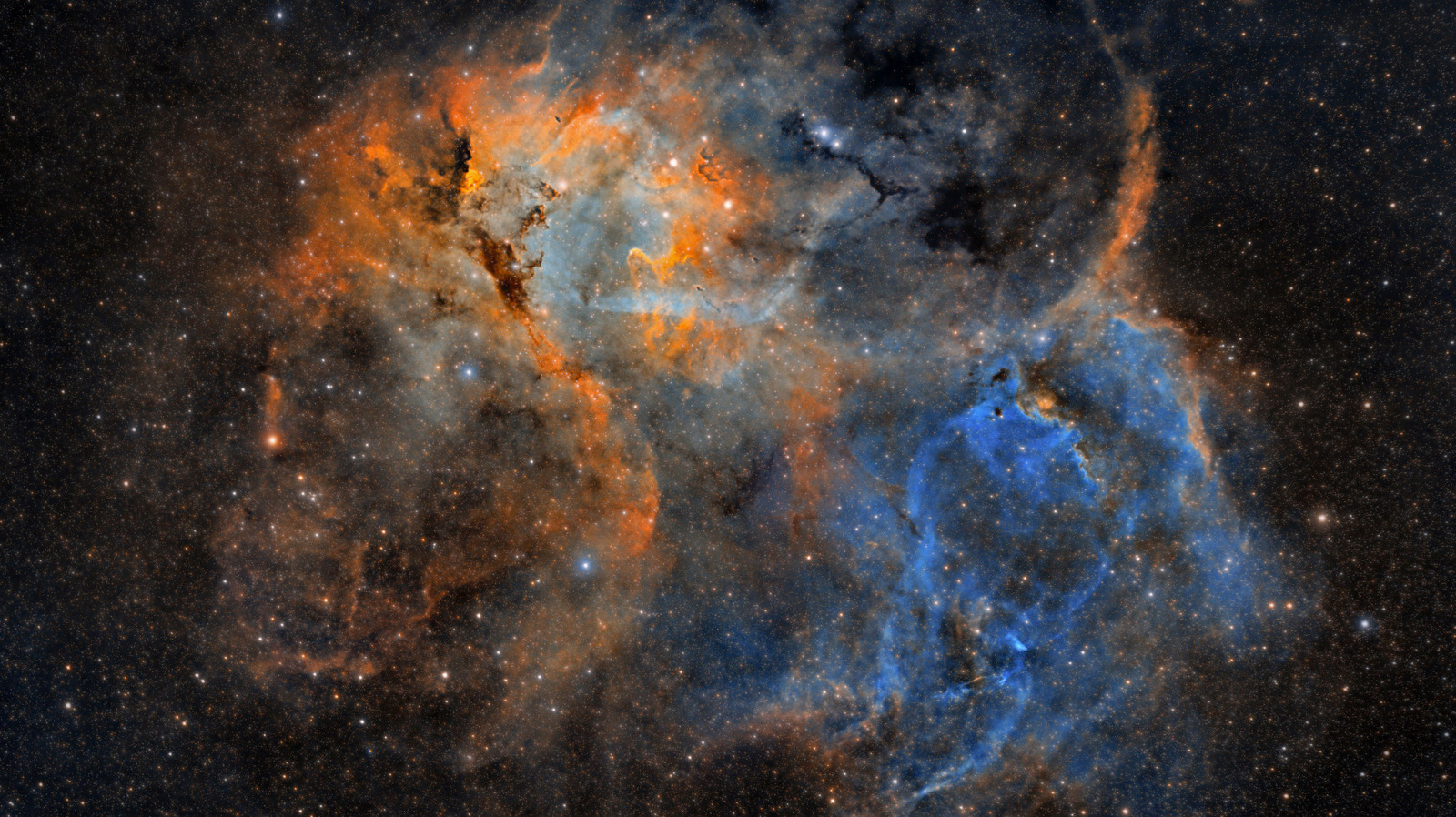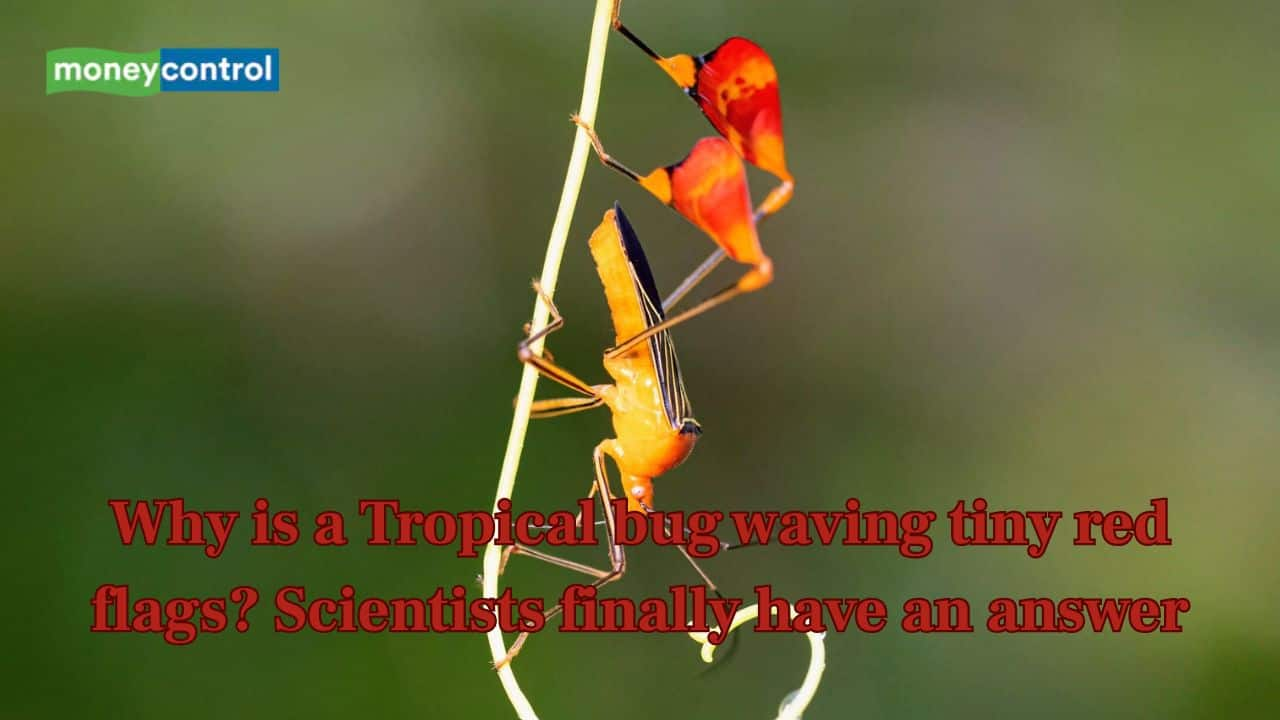Humpback Whales Display Playful Behavior: A Study on Bubble Rings

A recent study has unveiled fascinating insights into the playful behavior of humpback whales, particularly their creation of bubble rings. To investigate whether human presence influences this behavior, the research team meticulously examined hundreds of hours of drone footage from various whale studies. Remarkably, they found no instances of these intriguing bubble 'smoke' rings when humans were absent. This observation leads to a compelling hypothesis: humpback whales might be producing these bubble rings specifically in the presence of humans.
Dr. Hubbard, one of the researchers involved, pointed out that this behavior suggests a unique interaction between humans and whales. “That suggests that perhaps they’re doing it only when humans are close by,” he stated. The study, which was published in the esteemed journal Marine Mammal Science, is part of a larger initiative known as WhaleSETI. This long-standing research collaboration aims to explore nonhuman intelligence on Earth with the objective of refining methodologies used to search for intelligence beyond our planet.
Dr. Laurance Doyle, a scientist at the SETI Institute and co-author of the study, expressed excitement over these findings, likening the whales’ behavior to a dog that invites play by placing a ball in front of its owner. “It certainly seems like the humpback whale is playing,” he remarked. This playful behavior raises questions about the cognitive abilities of these marine mammals. Doyle elaborated on the complexity involved in creating bubble rings, noting that it requires precise control and energy. He posed an intriguing question: “What is the technical intelligence required [for a humpback whale] to make a bubble ring?”
The implications of this study extend beyond mere observation of behavior. Co-lead author Dr. Fred Sharpe, an affiliate at UC Davis, emphasized the social nature of humpback whales. “Humpback whales live in complex societies, are acoustically diverse, use bubble tools, and assist other species being harassed by predators,” he noted in a press release. He further suggested that the whales might be blowing bubble rings towards humans in a playful manner, perhaps to observe human reactions or engage in a form of communication.
The WhaleSETI team has been at the forefront of marine mammal communication research for several years. In a notable instance in 2021, researchers published their groundbreaking findings after engaging in what they referred to as a 'conversation' with a humpback whale named Twain. This interaction involved playing recorded whale calls through an underwater speaker, allowing for a fascinating exchange of sounds.
Additionally, earlier this year, a study conducted by the University of Southern Denmark delved into how baleen whales are capable of singing underwater. Last year, researchers from the SETI Institute discovered that the sounds made by whales during bubble feeding events serve as a means of communication, effectively conveying instructions to the group. The recent findings regarding bubble ring behavior add a new and exciting layer to our understanding of whale communication.
By studying the curious and communicative nature of humpback whales, researchers are not merely decoding the behavior of these magnificent creatures; they are also paving the way for recognizing intelligent life, whether it swims in our oceans or drifts in the vast expanse of the cosmos.



























